Software Reviews
Sort By: Post DateTitle Publish Date
|
Oct 03, 2019
|
Oct 09, 2020
|
Oct 07, 2021
|
Dec 06, 2024
|
Aug 09, 2011 |
First Published: Jul 01, 2011
|
Jul 07, 2015
|
Sep 01, 2010
|
Mar 01, 2010
|
Nov 01, 2010
|
Dec 01, 2010
|
Jul 22, 2015
|
Oct 11, 2011 |
First Published: Sep 01, 2011
|
Dec 11, 2015
|
Jan 27, 2017
|
Jul 06, 2012 |
First Published: Jun 01, 2012
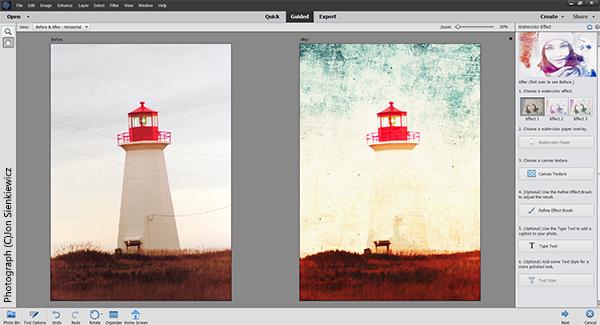
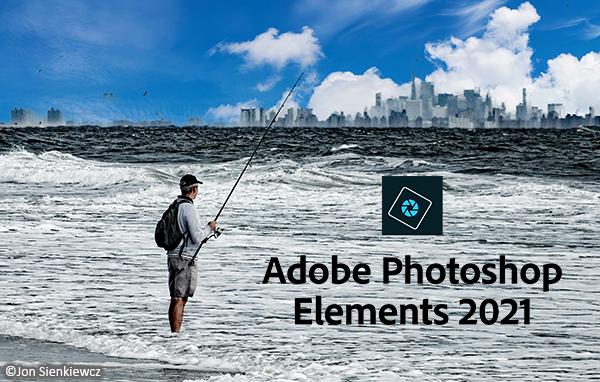
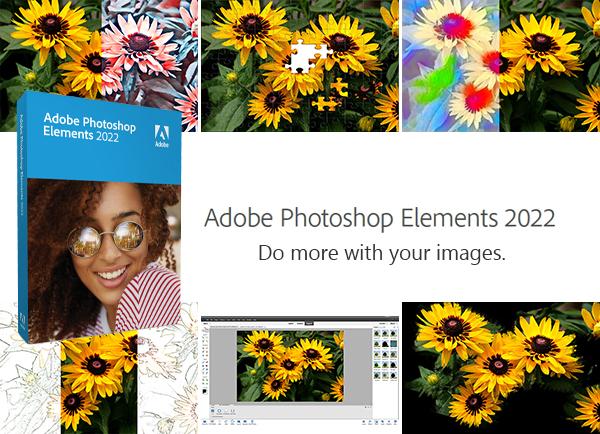

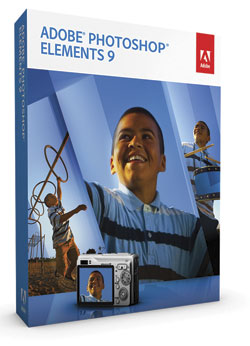

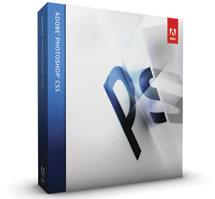
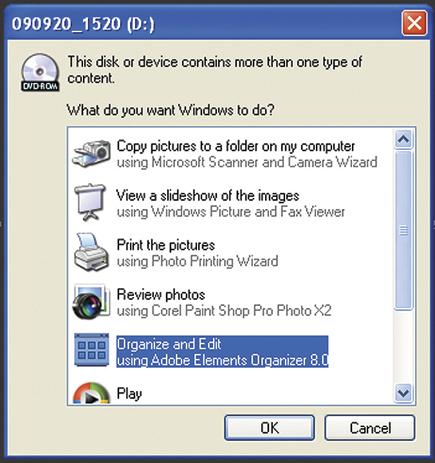

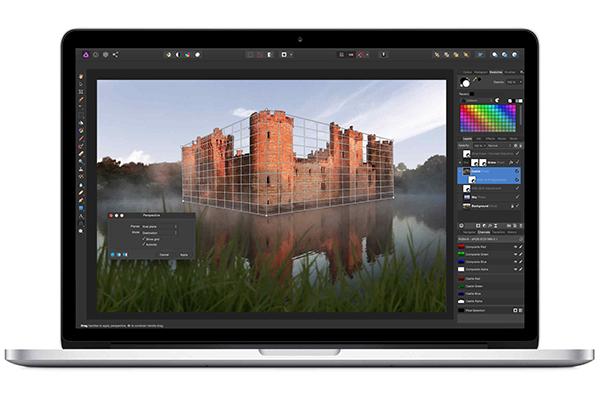
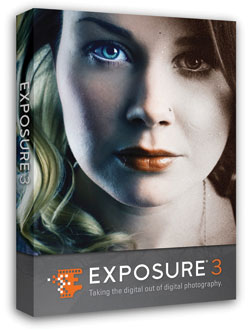 Whether you yearn for a subtle fine-tuning or an over-the-top effect, Exposure 3 lays out a fully stocked film vault for you. Do you yearn for the gritty look of pushed Tri-X, or the impressionistic color that is characteristic of a faded Polaroid? To add the organic look of specific film types to your photos, or transform them with a wide range of processing and darkroom effects, try one of the 500 presets available in the third generation of Alien Skin’s Photoshop plug-in, Exposure 3, up from 300 presets in Version 2.
Whether you yearn for a subtle fine-tuning or an over-the-top effect, Exposure 3 lays out a fully stocked film vault for you. Do you yearn for the gritty look of pushed Tri-X, or the impressionistic color that is characteristic of a faded Polaroid? To add the organic look of specific film types to your photos, or transform them with a wide range of processing and darkroom effects, try one of the 500 presets available in the third generation of Alien Skin’s Photoshop plug-in, Exposure 3, up from 300 presets in Version 2.

 Alien Skin’s Snap Art 3 ($199, or $99 for an upgrade from previous versions) is the latest manifestation of image-altering software that works atop the architecture of Photoshop and Lightroom, that is, a plug-in accessible through the Filters menu in Photoshop and for Lightroom as an external editor.
Alien Skin’s Snap Art 3 ($199, or $99 for an upgrade from previous versions) is the latest manifestation of image-altering software that works atop the architecture of Photoshop and Lightroom, that is, a plug-in accessible through the Filters menu in Photoshop and for Lightroom as an external editor.
